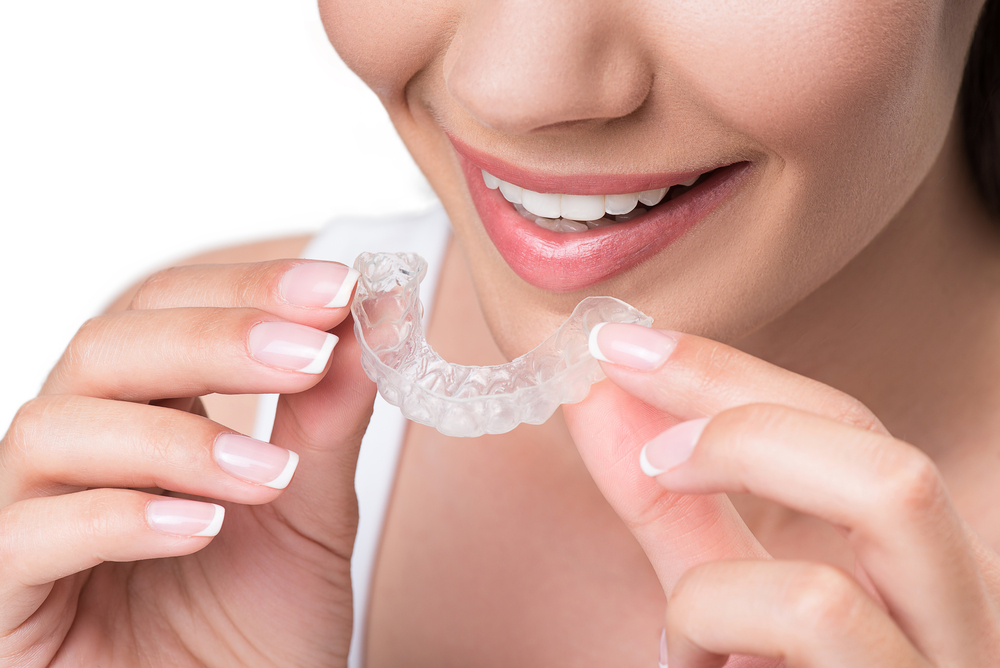Teeth Guards: Celebrating National Facial Protection Month

April is National Facial Protection Month. It reminds us to protect our faces and mouths during sports and other fun activities. According to the American Dental Association, dental devices such as teeth guards prevent an estimated 200,000 oral injuries yearly. In this article, we will discuss the various ways to protect your face and mouth, the different types of dental protection, and their uses.
Why is facial and dental protection important?
Wearing appropriate facial and dental protective gear during sports and physical activities is crucial to safeguard against injuries.
Athletes should always wear the right protective gear when playing sports to avoid getting hurt. When adequate protection is neglected, the potential for more severe injuries significantly increases. These injuries may include but are not limited to broken noses, dislocated jaws, tooth fractures, and concussions. Athletes must use protective gear to stay safe and avoid getting hurt.
Protective equipment minimizes the chances of these incidents. It ensures athletes maintain optimal health and performance levels, enhancing their safety and long-term well-being.
Types of mouthguards
There are three main types of teeth guards: stock, boil and bite, and custom-made.
Stock
Stock mouthguards are pre-made and come in a variety of sizes. They are the most affordable option. However, they may not fit properly and can be uncomfortable to wear. Also, they provide less protection than other types of mouthguards.
Boil and bite
Boil and bite mouthguards are made from a thermoplastic material that softens when boiled. The wearer then bites into the softened material to create a custom fit. These dental devices are comfy and offer more protection than stock mouthguards, but they might not fit perfectly.
Custom-made
Custom-made mouthguards are the most expensive option but offer the best fit and protection. They are made by a dentist who takes an impression of the wearer’s teeth and creates a mouthguard specifically for them. These mouthguards are the most comfortable and can even improve athletic performance.
Uses of mouthguards
Mouthguards protect teeth during physical activities and prevent damage from grinding or jaw clenching, which can cause dental problems. They are beneficial for individuals with bruxism and stress-induced jaw clenching.
Teeth guards are useful for other physical activities that could potentially harm your face and mouth. Additionally, mouthguards can be employed to address teeth grinding. Teeth grinding may lead to headaches, jaw discomfort, and teeth erosion. A specially tailored mouthguard can shield the teeth from grinding and reduce these issues.
The importance of proper care
Taking care of a dental device is really important. It helps it work well and keeps the user safe during sports or other activities.
If you don’t take care of your mouthguard often, it might not work as well in protecting your teeth and mouth. To prevent this, cleaning and storing the dental appliance correctly after each use is essential.
Make sure to take care of your mouthguard so it keeps protecting your mouth and lasts a long time.
- Rinse with cold water after each use to remove bacteria and debris
- Store in a ventilated container to prevent bacteria and mold growth
- Avoid exposing to high temperatures to prevent distortion
- Check regularly for signs of wear and damage, replacing as needed for continued protection of teeth and mouth
It’s essential to wear protective gear on your face when doing physical activities to avoid getting hurt. Dental devices can protect your face and mouth from getting damaged during accidents or collisions. The market offers a diverse range of dental devices to cater to individual preferences, needs, and financial constraints.
April is National Facial Protection Month. Consider getting a good mouthguard to protect your smile.
